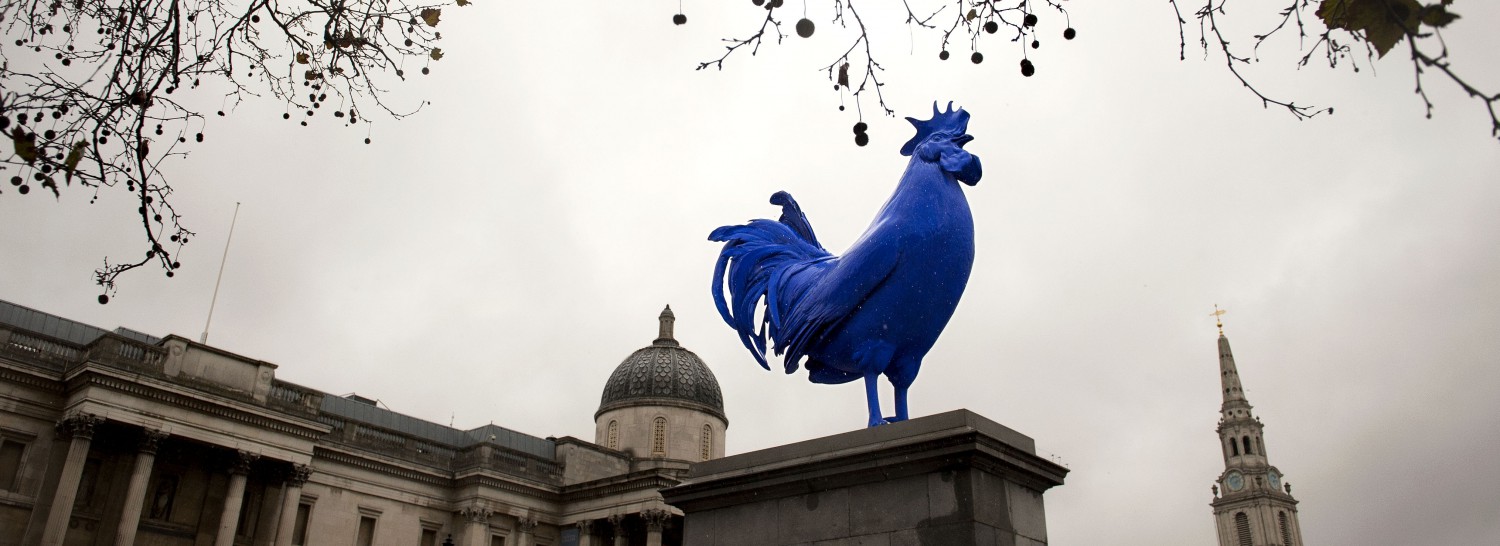 Claudia Wedepohl has studied Art History and Italian Literature at the Universities of Göttingen and Hamburg (MA, Dr. phil.), and joined the staff of the Warburg Institute in 2000 after two years spent at the institute as Aby-Warburg-Scholar.
Claudia Wedepohl has studied Art History and Italian Literature at the Universities of Göttingen and Hamburg (MA, Dr. phil.), and joined the staff of the Warburg Institute in 2000 after two years spent at the institute as Aby-Warburg-Scholar.
Her research focuses on two interrelated areas: the reception of late antique concepts and models in 15th-century Italian art and architecture, and historiography around 1900, in particular Aby Warburg and his circle. She is teaching courses in German Palaeography and gives introductions to the Archive collection, with special attention to Warburg’s ideas and his method. Since she joined the Archive staff her scholarly work has been mainly concerned with the genesis of Aby Warburg’s key terms and concepts.
Aby Warburg’s Denkraum: its genesis and its meaning
Wednesday, 30th April 2014 – 16:00 to 18:00 | Room 243
The term Denkraum is one of Aby Warburg’s best-known neologisms. Less known, perhaps, is its fundamental significance for Warburg’s ideas about the genesis of culture, theoretical and historical. Not only difficult to translate, the loose composite of Denken – thinking or reflection – and Raum – space – is sufficiently open to interpretative possibilities to render it versatile in application. In this paper I shall look at Warburg’s underlying concept of distance, from its origin in his so-called ‘Fragments’ for a Theory of Expression’ to his Bilderatlas titled Mnemosyne.
